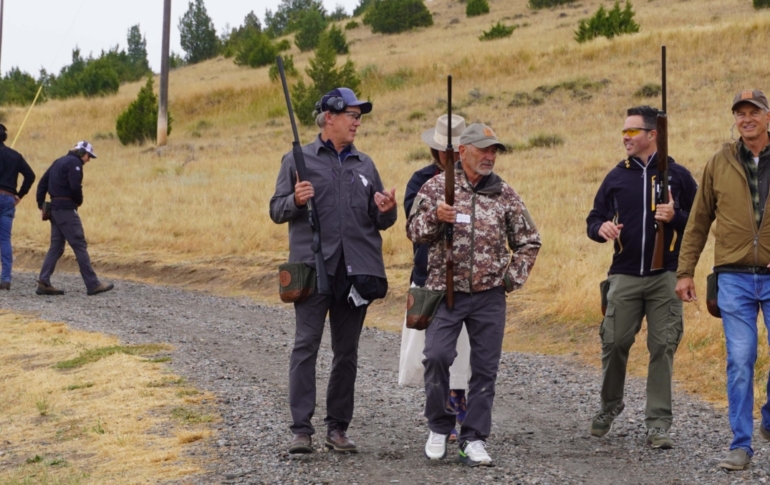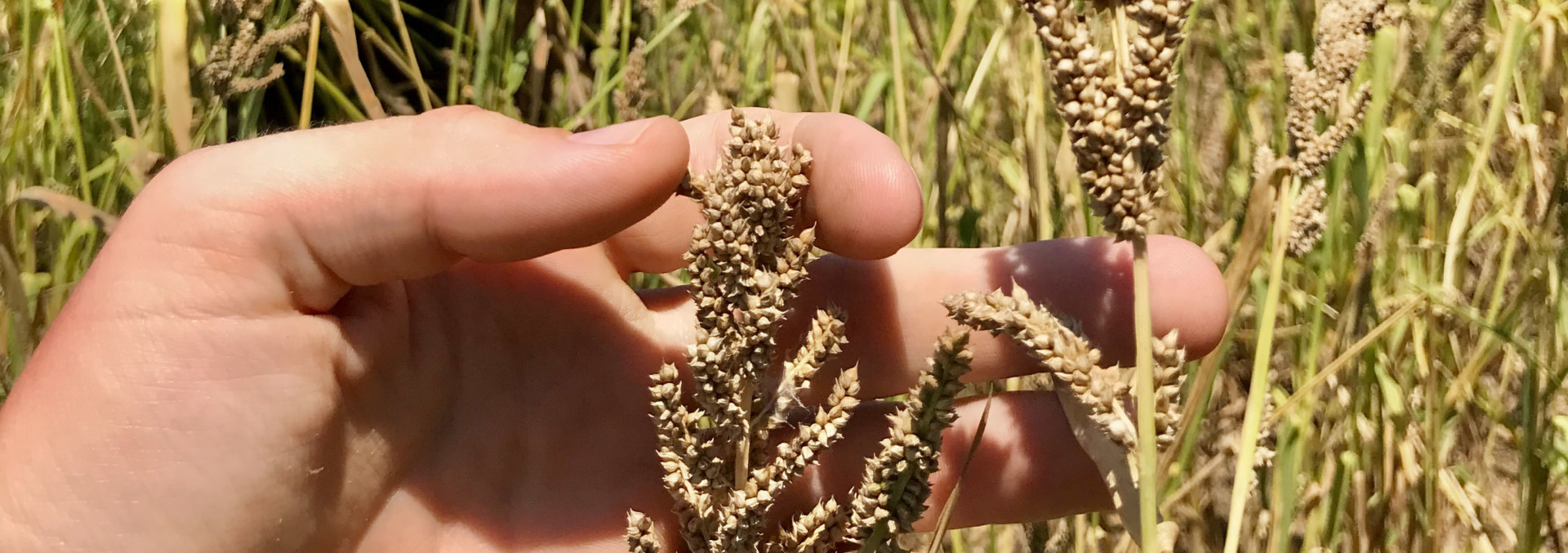Seven Simple Mistakes to Avoid When Planting a Food Plot
By Tallon Martin, Broker Associate of Republic Ranches
Food plots are a great way to add diversity to your property and provide food all season long for wildlife. Once you know the basics and how to avoid simple mistakes, they are excellent management tools. If you want good results, you need to slow down and understand your land and prepare it properly. Adding diverse and consistent food sources can be a great value driver. Some of the gamiest ranches I have sold have two things in common: year-round varied food and water throughout the ranch. Let’s dive into some of the more common mistakes made when planting your first food plot.
Dirt is Dirt, Right?
No! That’s a trick question. Soil complexities are different across the state. Enhancing your soil’s composition will be the difference between a bumper crop and a lackluster weed farm. I will refrain from boring you with the science behind those three numbers on a fertilizer bag. That is where Texas A&M’s soil sample lab can help save you a ton of time. You can send in a small sample of your soil; once you get the results back, you can plug the results into their handy calculator to understand the adjustments you will make based on the crop you decided to plant.
Don’t pick it just because it says “fall deer food plot”
When you are first getting into food plots, it is hard not to resist the colorful, well-marketed bags of food plot mix with your favorite hunting celebrity on the front. But you have to remember, rarely do these national companies sell region-specific mixes. Something that grows well in Kansas may not grow well where you live. I have had very little luck with these types of plots. My suggestion is to call your local feed store and ask if they have any local mixes. Or ask what has been a popular wildlife crop in the area. Sometimes it is great to keep it simple in your first year. Maybe try winter rye for deer or brown top millet for dove. Both are very forgiving crops as you learn.
Less is more
Following the suggested seeding rate is critical. Most plants are picky about how much room they have to grow, and they do not want root competition. If you over-apply them, the crowding will stunt the growth of your crop, lowering the yield. It is very tricky not to overspread most wildlife mixes with a PTO driven seeder because the seeds are so small. I have found that having the feed store mix your fertilizer with the seeds makes it much easier to distribute the tiny seeds in a PTO-driven seeder evenly. If you find holes in your plot after plants start sprouting up, you can always go back and overseed in those thin areas in a week or so.
Everyone needs vitamin D
Most of the wildlife crops you will be planting need and thrive from sunlight; most of them need 6-8 hours of direct sunlight. So if you have a bow blind tucked in the woods with several shooting lanes, try to avoid the densely shaded areas. Lack of optimal sunlight will lead to leggy plants stretching to find the sun, which will hurt yields.
Don’t overwork it
As mentioned above, most wildlife crop seeds are pretty small. Once you spread the seeds, you want to avoid over dragging the field. A good rule of thumb is that most seeds only like to be covered one to two times their diameter. So something like a millet should be lightly dragged on a well-prepped field or ideally just rained in if you can time it right. Something like a sunflower can handle more heavy-handed covering. They can sprout even after being buried up to two inches.
Timing, timing, timing (and a little luck)
Dryland farming is hard, especially when we need to get wildlife food plots in the ground. Be patient; it is hard to see one 40% chance of rain day in the middle of a two-week dry spell and not jump the gun. But if you are not patient and wait for a little more consistent weather pattern, your seeds might germinate then burn up if they do not receive another rain reasonably quickly. Once the plants get larger, they can handle longer stretches without water, but they are fragile when they are young.
You can’t plant and forget
Finally, you cannot plant and forget most crops. No matter how much you spray and prep a field, you will always have weed competition. Having the ability to spray your plots with a post-emergent herbicide can reduce competition and allow your plants the room to grow well. These herbicides are specially formulated to kill unwanted weeds and not hurt the desired crop. If you are not managing a vast field that can be aerially sprayed, they make boom sprayers for the back of your UTV. Several plants are aggressive growers and outcompete most weeds until they head out. Most millets are this way, and depending on your management goals, they may be a great crop to take your first dip into farming.
I know all of these mistakes because I have made them myself at one time or another. I hope sharing what I have learned over the years helps bring you more success. Food plots have a pretty steep learning curve. Rarely are you going to knock it out of the park the first year; you need to be observant and learn from your mistakes. Each year you will find you get better and better at it. Once you hit a stride, you will discover they are powerful tools that bring you a lot of enjoyment. It is hard to beat the feeling when you see a successful plot attracting new game to your ranch.

Joette Schalla, ALC, Land Broker of the Year by Colorado RLI Chapter
Fay Ranches is proud to recognize the outstanding achievement of our own Joette Schalla, ALC, who has been named Land Broker of the Year by the Colorado Chapter of the REALTORS® Land Institute. This prestigious award highlights the exceptional professionals in the land industry who demonstrate expertise, leadership, and an unwavering commitment to their clients […]

Breaking Clays, Building Futures: Fay Ranches at the First Annual FRCF Clay Shoot
On August 27th, the Fay Rural Community Foundation (FRCF) hosted its first annual Clay Shoot, bringing together 66 participants across 17 teams for a day of sport, camaraderie, and purpose. Despite the rainy weather, the event raised more than $24,000 to support rural communities. For Fay Ranches, this event was more than a fundraiser. Our […]



